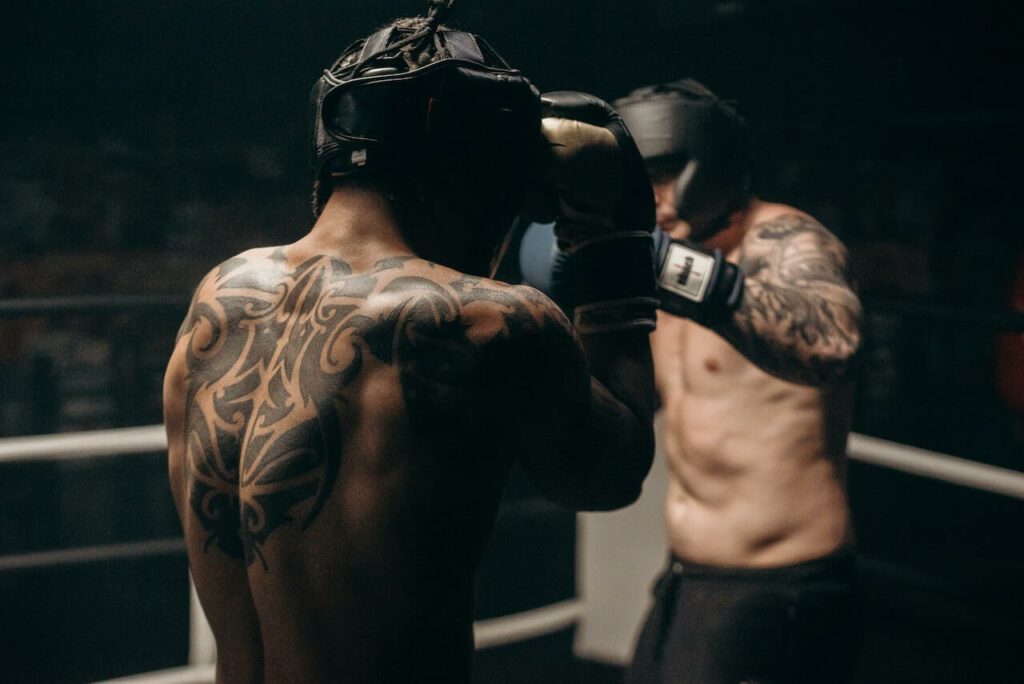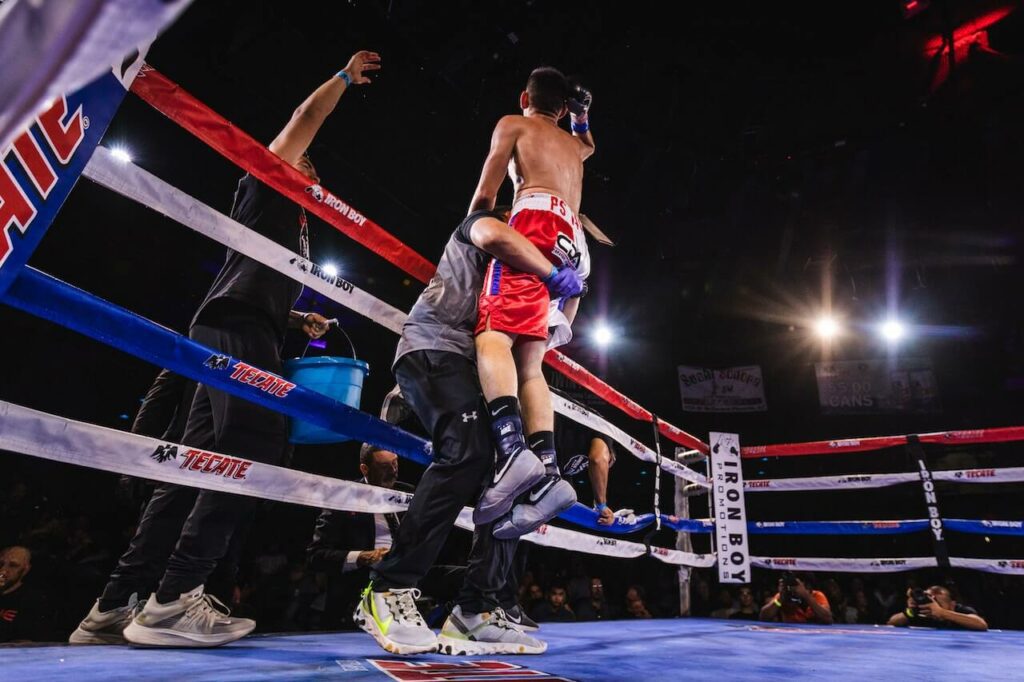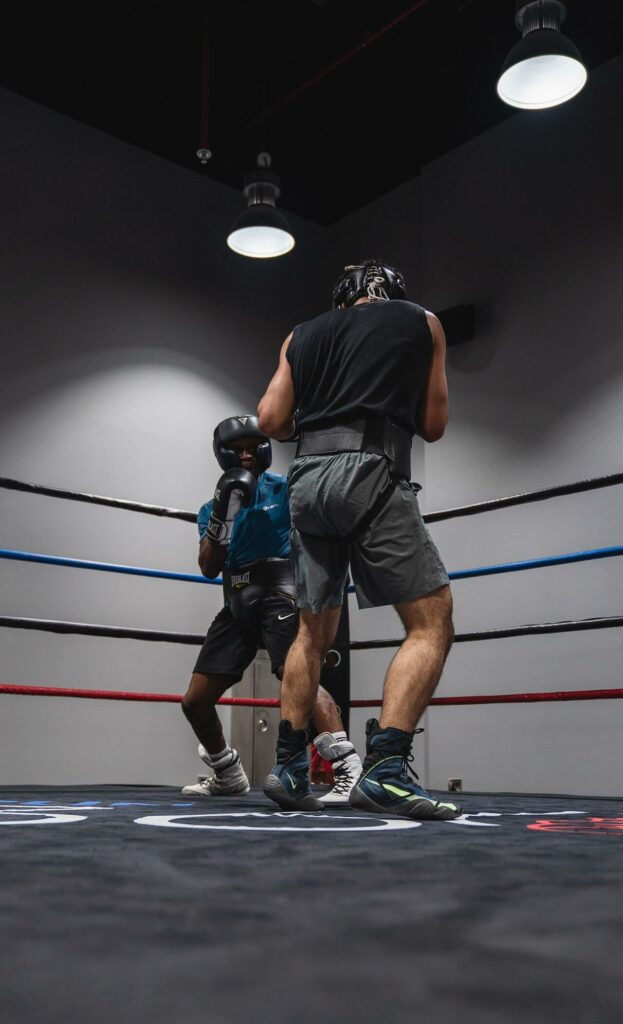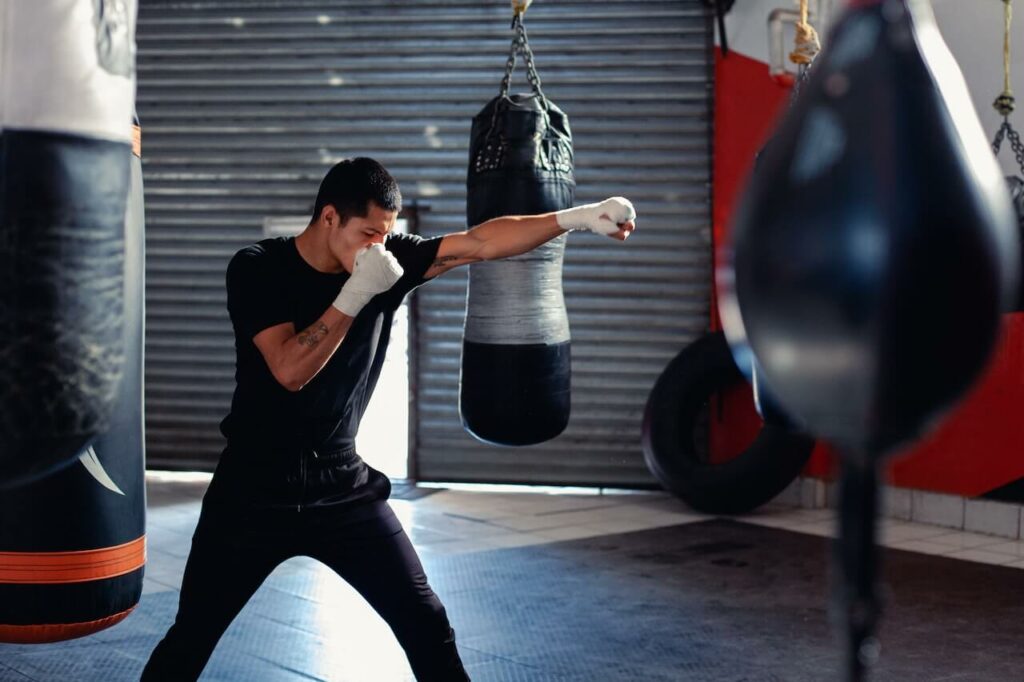Introduction
Boxing is a sport that requires quick reflexes, strategic thinking, and adaptability. It’s not enough to rely on sheer physical ability or a set of pre-determined moves. To become a great boxer, one must learn to adapt to their opponent’s strengths and weaknesses.
Adapting to an opponent in boxing can mean the difference between a win and a loss. When two boxers step into the ring, they bring with them a unique set of skills and styles. A boxer’s job is to figure out their opponent’s strengths and weaknesses and adjust their own strategy accordingly.
Prefight strategy
The first step in adapting to an opponent is to study them. Before the fight, a boxer should watch footage of their opponent, paying attention to their style, stance, footwork, and punches. They should also take note of their opponent’s tendencies and ask themselves these questions:
- What is the opponent doing when he fights opponents with the same height?
- What combinations does the opponent tend to use?
- When does the opponent is committing to a combination, and how is he escape when he finishes?
- Does the opponent has any defense holes that can be exploited?
- What opponents has he lost to? What did they use against him that worked?
Answering each of these questions will take a boxer a step forward in cracking the opponent’s type and style. It will give him the edge, confidence, and knowledge to know what to look for.
Midfight strategy and tips
Another important aspect of adapting to an opponent is being able to read them in the ring. During a fight, a boxer should be constantly analyzing their opponent’s movements and adjusting their strategy accordingly. This requires a high level of awareness, quick thinking, and overall good boxing knowledge and experience.
One way to read an opponent is to pay attention to their body language. A boxer can learn a lot about their opponent’s intentions by watching their stance, footwork, and the way they move their head. For example, if their opponent starts to lean forward, it may be a sign that they are about to throw a punch or feint if he does it constantly in a declared way.
Another way is to watch out closely for patterns and repeated combinations. While in a fight, adrenaline comes in, and it is hard to think clearly, but that’s what also separates an experienced boxer and an inexperienced one. Specifically, watch for more than two punches combinations. That’s an excellent opportunity to counter with a cross or an uppercut to remind the opponent he is facing a boxer and not a punching bag.
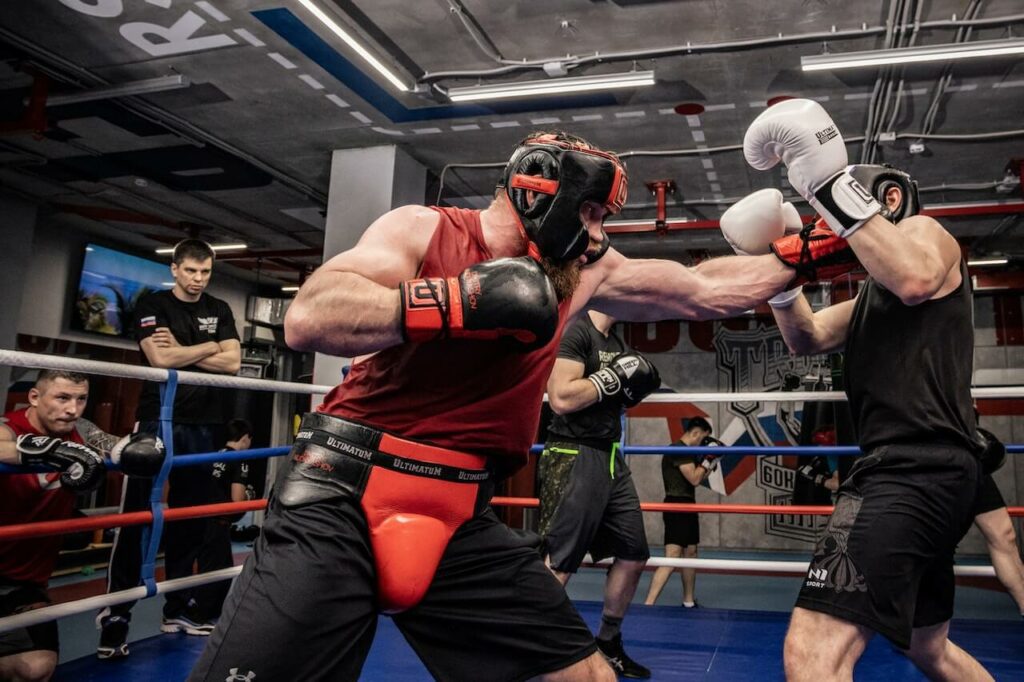

Breathing to reveal the opponent fatigue
Boxers should also pay attention to their opponent’s breathing. As the fight goes on, a boxer’s breathing can reveal a lot about their level of fatigue. If their opponent starts to breathe heavily or gasp for air, it may be a sign that they are tired and vulnerable to attack. This is also something that professional boxer Floyd Mayweather Jr. was known for. Many of his opponents have said he was checking their breath constantly during the fight.
Distance and height
Another important factor to consider when adapting to an opponent is the distance between the two fighters and the opponent’s height. Different boxers have different ranges and heights, and a boxer should adjust their strategy based on their opponent’s preferred range and height. For example, if their opponent has a longer reach, the boxer may want to get in close and use their shorter reach to their advantage. If the opponent is taller, the boxer must dodge, bob and weave punches to get closer to a punching range.
A taller opponent with a bigger reach will usually tend to keep you on the ‘outside.’ If you let him do as he pleases, it will be frustrating and won’t do any good. You don’t want to get jabbed in the face for the entire fight, trust me. But, every problem has a solution. When facing a more reachable opponent, cutting the distance takes a major role. Feinting, bobbing, and weaving to get closer to the opponent is an important factor here. Also, when getting into a close-range right, you must maintain it and not let the opponent escape by blocking escape routes with your body and punches.
For more tips about how to deal with taller opponents in boxing.
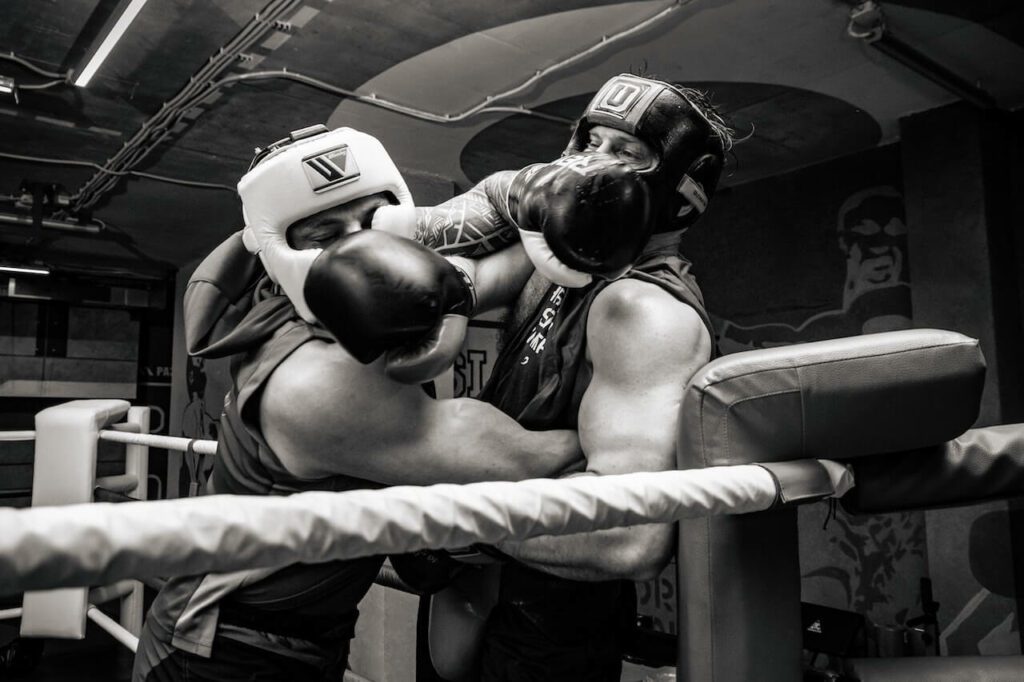

Watching out for changes
In addition to adjusting their strategy based on their opponent’s strengths and weaknesses, a boxer should also be prepared to adapt to changes in the fight, such as stance, aggression, punching rhythm, etc. Boxing is a dynamic sport, and anything can happen in the ring. A boxer should be ready to adjust their strategy on the fly and respond to any unexpected developments.
A scenario of if a boxer is having trouble landing punches on their opponent, they may need to switch up their approach and try a different combination or feint. If their opponent suddenly changes their style or starts to land more punches, the boxer should be prepared to adjust their strategy and find a new way to gain the upper hand.
Also, a cut or a bloody nose may happen. It can be a good sign of punches landed. This can change the way the fight will continue and your fight plan, memorize the punch or combination that worked and try it again. Opponents often struggle with the same move that worked last time.
Controlling the pace
Another important aspect of adapting to an opponent is being able to control the pace of the fight. This means that a boxer should be able to dictate when the fight slows down or speeds up. For example, if their opponent is moving too quickly and making it difficult to land punches, the boxer may want to slow down the fight’s pace and force their opponent to engage more slowly. This will break the opponent’s rhythm and help remove his momentum.
Alternatively, if their opponent is tiring quickly, the boxer may want to increase the pace of the fight and put pressure on them to keep up. By controlling the pace of the fight, a boxer can wear down their opponent and make them more vulnerable to attack.
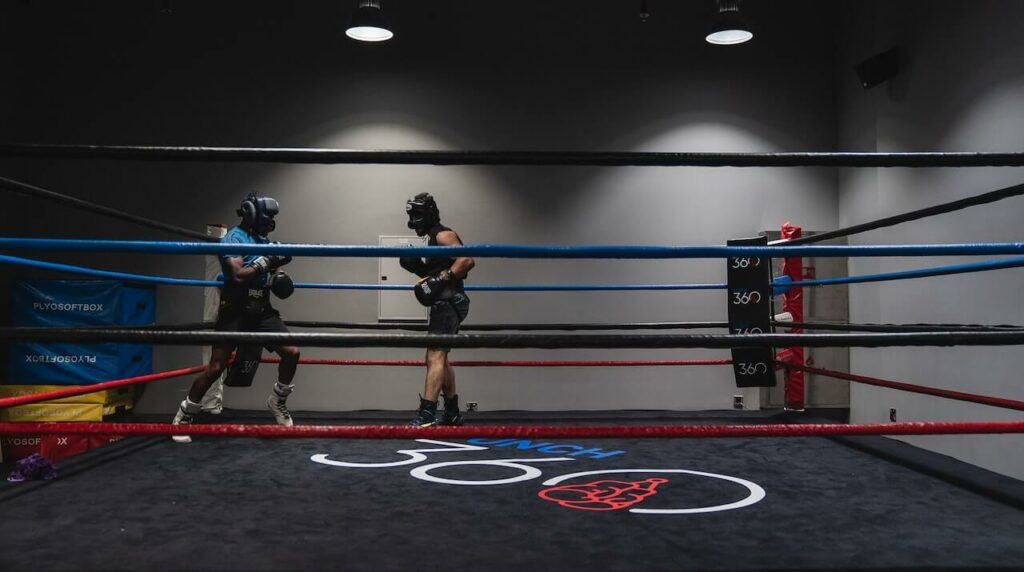

Summary
Overall, adapting to an opponent in boxing requires a high level of skill and mental toughness. It’s not enough to rely on a set of pre-determined moves or brute strength. A great boxer must be able to read their opponent, adjust their strategy on the fly, and respond to any unexpected developments.
This can only occur if you have enough experience in sparrings or fights, there is no secret to that. Experience is taking a major role in knowing how to adapt and adjust to every fighter.
In conclusion, adapting to an opponent is a crucial aspect of boxing. It requires a combination of skill, experience, and strategy. By studying your opponent’s style and tendencies, reading their body language and breathing, adjusting strategy on the fly, memorizing successful combinations, and reacting to changes accordingly, you can gain the upper hand in the ring and emerge victorious. So, the next time you step into the ring, remember to stay aware, stay adaptable, and be ready for anything.

